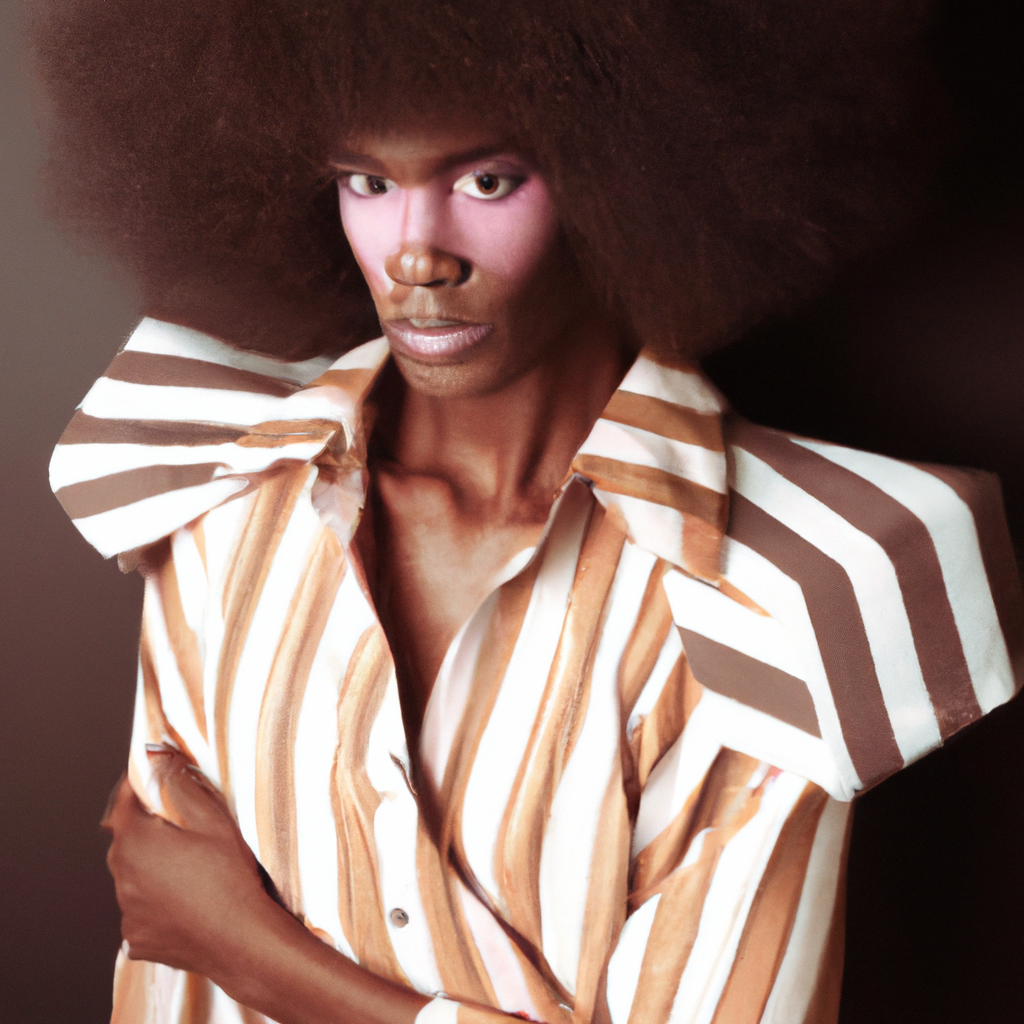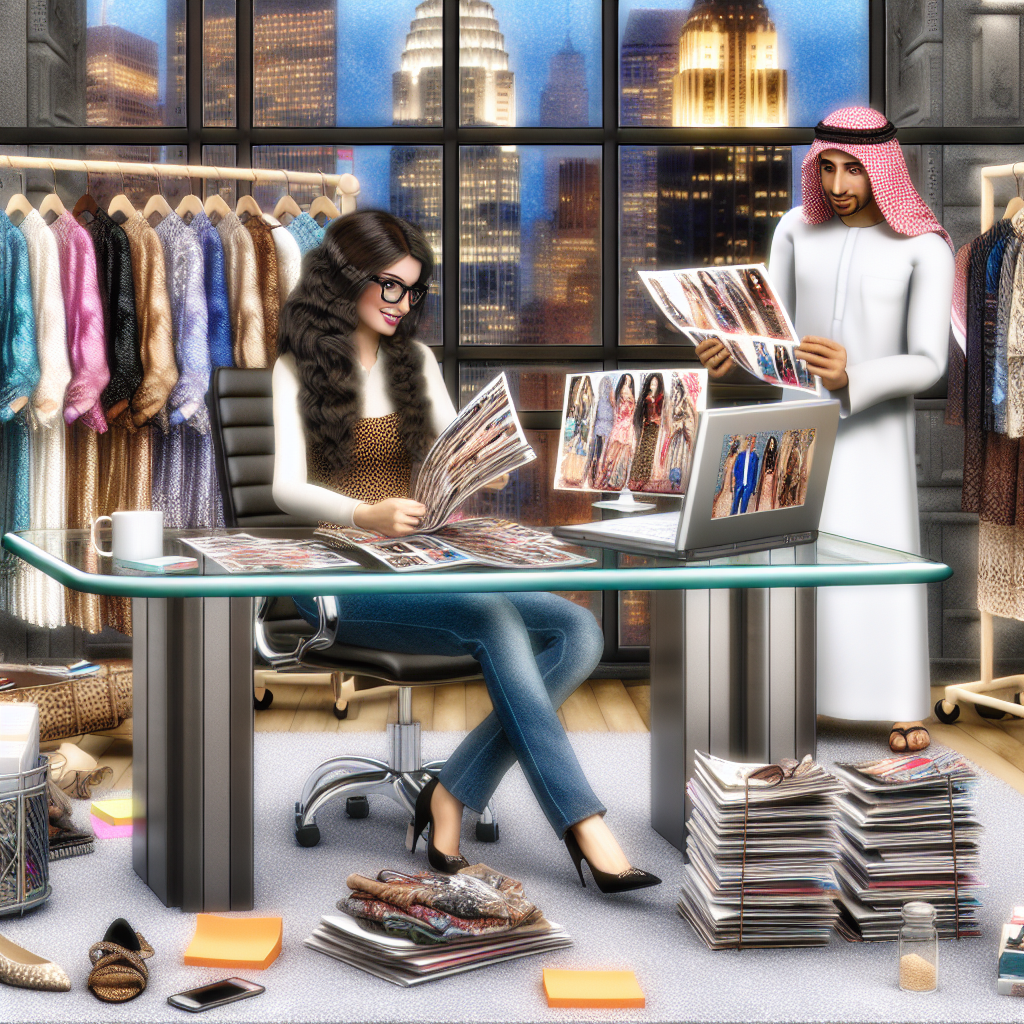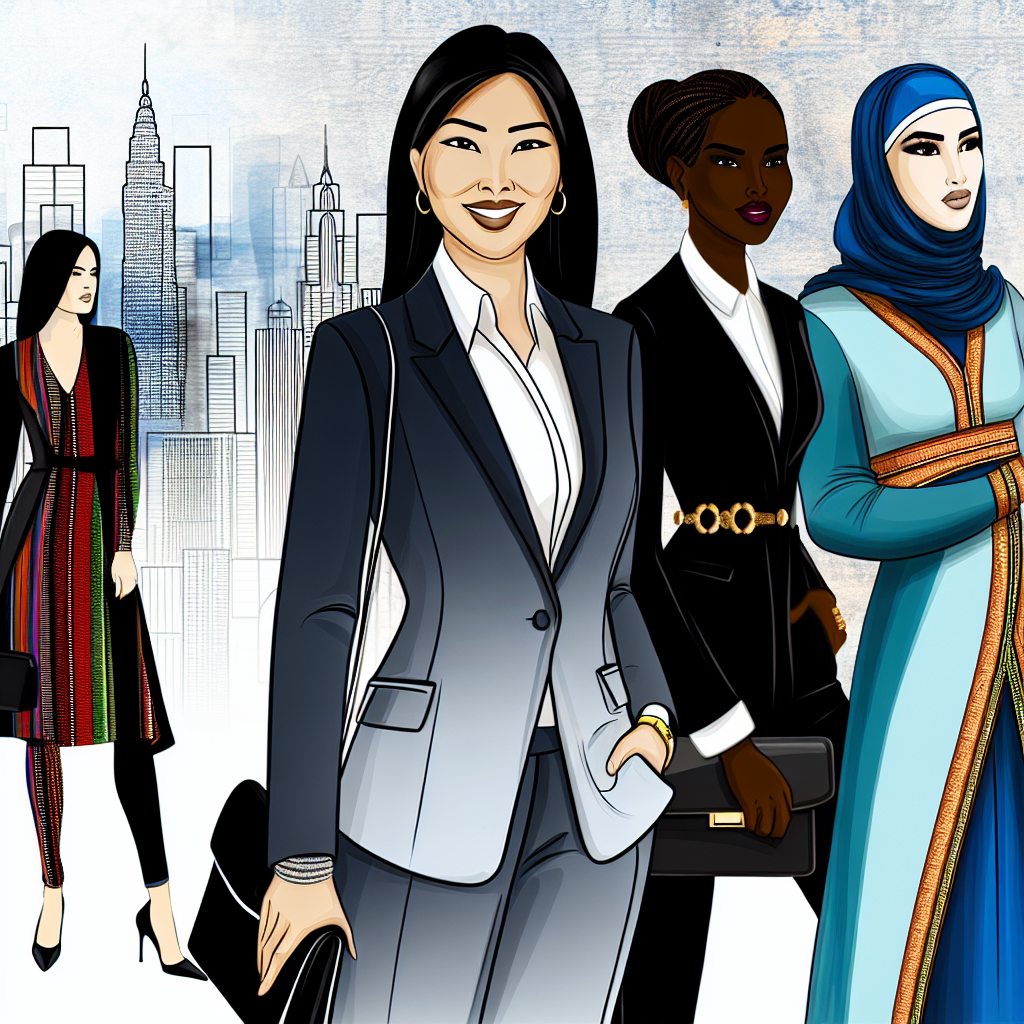In today’s society, fashion is more than just clothing – it is a reflection of our culture, beliefs, and values. The intersection of fashion and culture is a complex and dynamic relationship that shapes the way we present ourselves to the world. From traditional garments to contemporary trends, fashion has the power to both unite and divide us. Join us as we explore this fascinating intersection and uncover the influence of culture on style.
Exploring the Influence of Culture on Fashion Trends
Culture plays a significant role in shaping fashion trends, as it reflects the values, beliefs, and traditions of a society. Fashion is not just about clothing, but also about self-expression, identity, and social status. When different cultures intersect, they create a fusion of styles that can be seen on runways, in street fashion, and in everyday attire.
One example of how culture influences fashion is through traditional garments and accessories. Designers often draw inspiration from traditional clothing, patterns, and textiles, integrating them into modern collections. This fusion of old and new creates a unique aesthetic that celebrates diversity and heritage.
Moreover, cultural events, celebrations, and rituals also impact fashion trends. For instance, festivities like Chinese New Year or Diwali inspire designers to create collections with vibrant colors, intricate embroideries, and symbolic motifs. These trends not only reflect cultural pride but also promote inclusivity and cross-cultural appreciation.

Cultural Appropriation in the Fashion Industry
Fashion has always been a reflection of culture, but where does inspiration cross the line into appropriation? This contentious issue has been a hot topic in the fashion industry, sparking debates on the ethics and impact of borrowing elements from other cultures. Designers often draw inspiration from various cultural traditions, motifs, and practices, blending them into their collections to create new and exciting trends. However, the line between appreciation and appropriation can be thin, leading to accusations of exploitation and insensitivity.
One of the key issues surrounding is the lack of credit given to the original source. **Acknowledging and respecting the origins of a design or style is crucial in ensuring that cultural heritage is not exploited for profit.** Additionally, the commercialization of sacred or culturally significant symbols and practices can be deeply offensive to the communities to which they belong. **Designers and brands must take responsibility for their creative decisions and ensure that they are not perpetuating harmful stereotypes or misrepresenting a culture.**
| Cultural Element | Appropriate Use |
|---|---|
| Henna designs | As temporary body art for special occasions |
| Indigenous prints | With permission from indigenous communities |
| Traditional garments | When purchased from local artisans |
**Ultimately, the fashion industry must strive to find a balance between honoring cultural diversity and avoiding harmful cultural appropriation.** By promoting collaboration, inclusivity, and cultural exchange, designers can create a more respectful and responsible fashion landscape that celebrates the rich tapestry of global traditions.
Promoting Diversity and Inclusivity in Fashion
Through the lens of fashion, we have the incredible opportunity to celebrate diversity and promote inclusivity in all its glorious forms. Fashion has the power to transcend borders, break down barriers, and unite people from different cultures and backgrounds. By showcasing a wide range of styles, designs, and perspectives, the fashion industry can actively contribute to a more inclusive and accepting society.
When we embrace diversity in fashion, we create a space where everyone feels seen, heard, and valued. From featuring models of various ethnicities, body types, and gender identities to collaborating with designers from different parts of the world, we can truly celebrate the richness and beauty of our global community. By championing diversity on the runway, in advertising campaigns, and in fashion editorials, we send a powerful message that everyone is welcome and deserves to feel confident and represented.
Let’s strive to make the fashion industry a more inclusive and diverse space where creativity knows no bounds. By , we not only enrich the industry but also inspire positive change in society as a whole. Together, we can create a world where fashion and culture intersect in a beautiful tapestry of acceptance, understanding, and celebration.
Supporting Sustainable and Ethical Fashion Practices
When we think of fashion, we often think of it as a form of self-expression and creativity. However, fashion goes beyond just what we wear; it also reflects cultural norms, values, and traditions. The intersection of fashion and culture is where sustainable and ethical practices can play a significant role.
By , we are not only contributing to the well-being of our planet but also honoring the cultural heritage behind the garments we wear. This means supporting brands that prioritize fair labor practices, use eco-friendly materials, and uphold traditional craftsmanship.
Embracing sustainable and ethical fashion is a way to show respect for different cultures and the people behind the clothes we wear. It allows us to make a positive impact on both the environment and communities around the world. Let’s strive to make conscious choices in our fashion consumption and support brands that prioritize sustainability and ethics.
As we have explored the intricate relationship between fashion and culture, it is evident that the two are deeply intertwined, constantly evolving and influencing each other. From traditional attire to avant-garde designs, fashion serves as a reflection of our cultural values, beliefs, and identities. As we continue to embrace diversity and celebrate individuality, let us remember that fashion is not just about trends and style, but a powerful tool for storytelling and self-expression. Let us weave the rich tapestry of our cultural heritage into our everyday wardrobe, and embrace the beauty of our differences. In this dynamic intersection between fashion and culture, may we always find creativity, inspiration, and unity.


